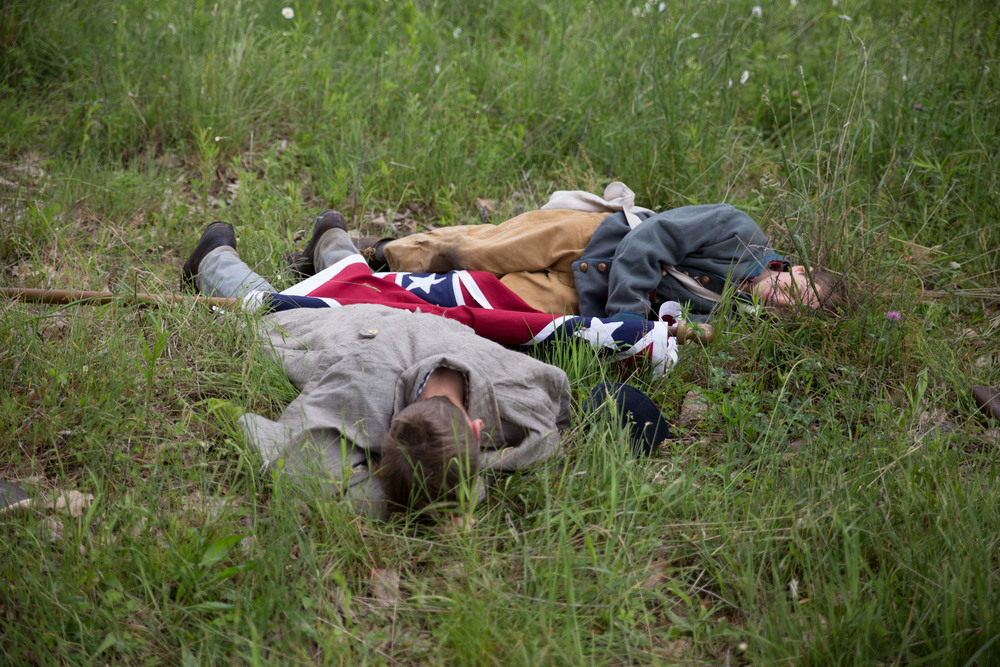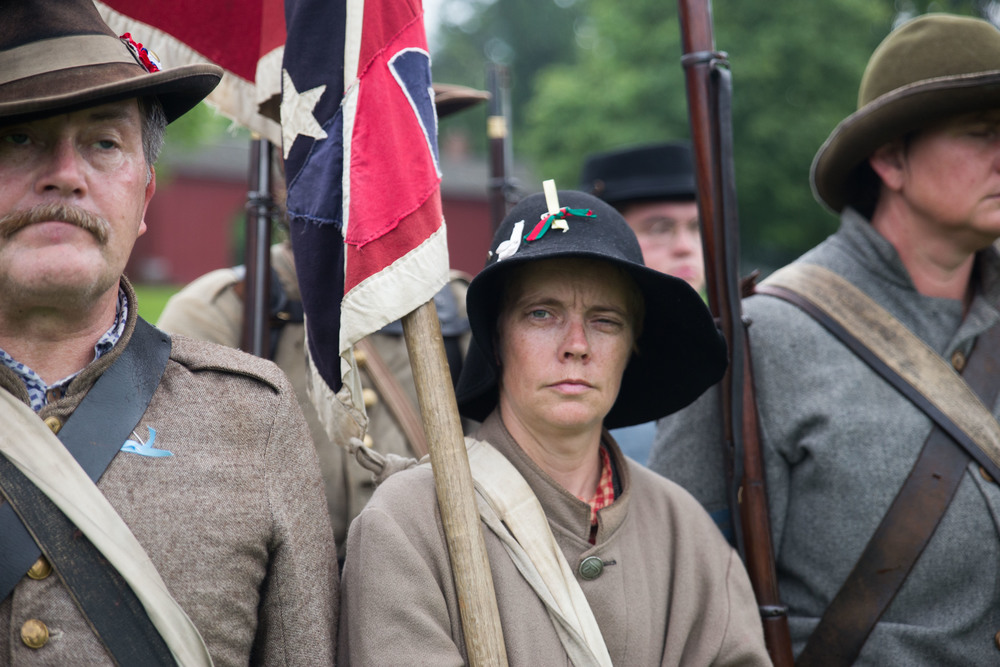I was not quite ready to be roused, but the sounds of boots on gravel and beating drums drew me from slumber. Across the rows of canvas tents and farm fences, mismatched soldiers in grey, equipped with muskets and Confederate battle flags, marched in formation.
I had woken to an 1865 day of battle in Mumford, New York, as a participant-observer at a 2015 Civil War reenactment. I was camped with several Black Union reenactors. The sounds of morning drill made evident the Confederate presence.
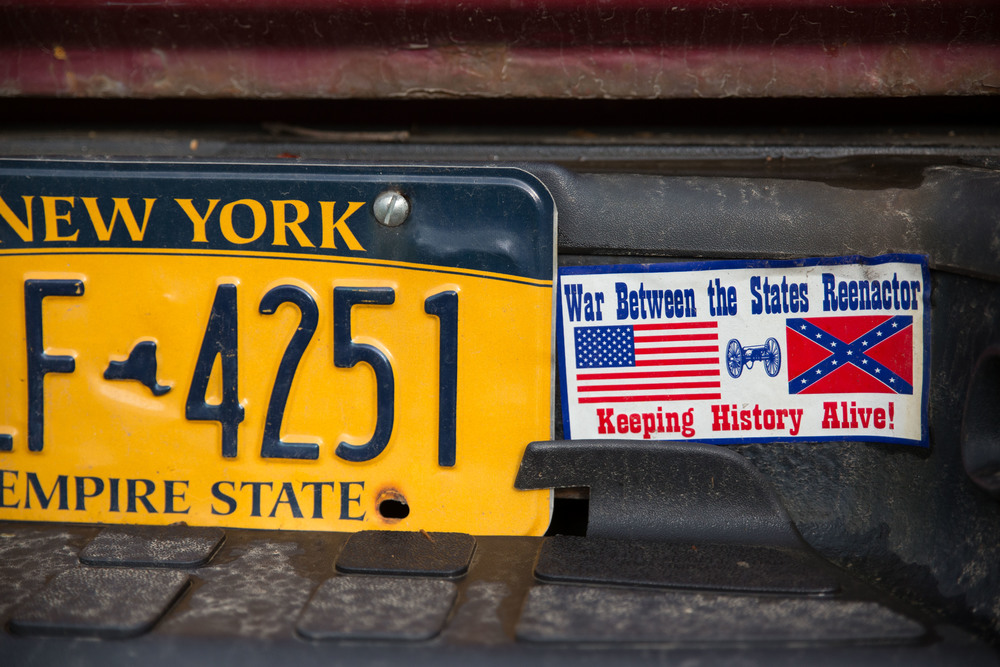
In upstate New York, hundreds gather on weekends to partake in American Civil War reenactments. Though no Civil War battles occurred on New York's landscapes, northern reenactments are sites in which participants might reimagine the South and the war waged on its lands.
Alongside reconceived geographies exist reconceived histories. As one reenactor suggested, "A lot of Civil War history in the minds of reenactors is imaginary-history or desired-history rather than history-history."
As a banjoist plucked "I'm a Good Old Rebel," I joined several Confederate reenactors resting from battle. One reflected, "People ask me all the time, 'Why are you a Rebel?' And I say, 'Everybody is a Rebel. Everybody who came to this country was a Rebel because they left the country that they came from for a reason, to start something different.'" Noticeably absent from this explanation are the hundreds of thousands of people who came to this country in chains, for no reason of their own making.
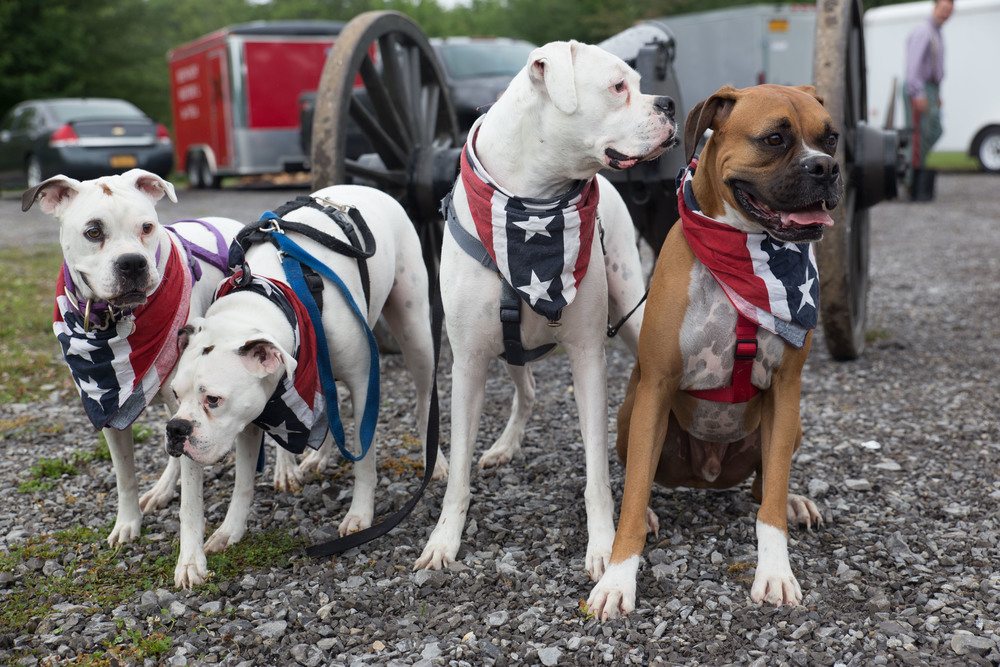
Many who reenact the Confederacy do so with contemporary politics in mind, operating in perceived parallel to the politics of the 1860's Confederacy. They are concerned by what they deem an overreaching Federal government that imposes its ideologies about same-sex marriage, gun ownership, and police-civilian relations, to name a few. Nevertheless, these modern Rebels also fear that their values will be conflated with a Confederacy they view as widely misportrayed.
Sensitive to the association between the symbols of the Confederacy and racism, the reenactors turned to me, "I hope that you don't think we are for slavery. We are against slavery." They explained that Black people owned slaves too, that Native Americans took slaves, and that other types of slavery still exist. One asked me, "Under any Confederate flags, how many slaves did they bring over? Then ask yourself, how many slaves came over under the United States' flag?" These contexts of enslavement differ dramatically in their systemic nature and scale, but many reenactors are satisfied with disanalogous defenses of the Confederacy.

In an effort to memorialize the Confederacy in untarnished terms, some reenactors minimize the Confederacy's ties to slave labor and downplay slavery's role in the Civil War. The Confederate flag's presence at reenactments reflects not only its historical significance, but also resistance to contemporary condemnations of the Confederacy's racist legacy. Indeed, stands in Mumford quickly sold out of the flags.
Glory, glory, hallelujah!
His truth is marching on.
As reenactors regularly reminded me, "The winners write history." While the South is reimagined, the North is equally transfigured, through reenactment, into a force of moral righteousness, crusading for the enslaved.
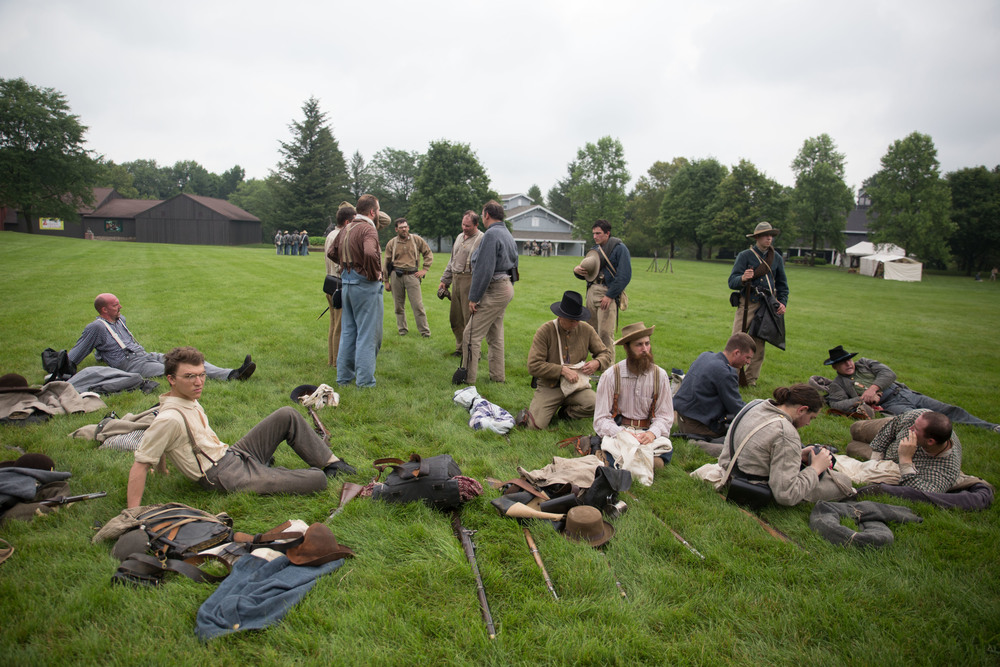
Reenacting is a predominantly White hobby, though a small group of Black reenactors participate, acting as "contrabands"—escaped slaves who followed the Union Army north—and as soldiers in the Union's United States Colored Troops . By the end of the war, Black people comprised more than ten percent of the Northern Army, at a time when they were only one percent of the North's population. Portrayals of contrabands and Black soldiers complicate popular narratives, including pro-Confederate claims that the war was fought for states' rights, as well as images of the Union's White leaders as arbiters of moral justice, uniquely responsible for slavery's end.
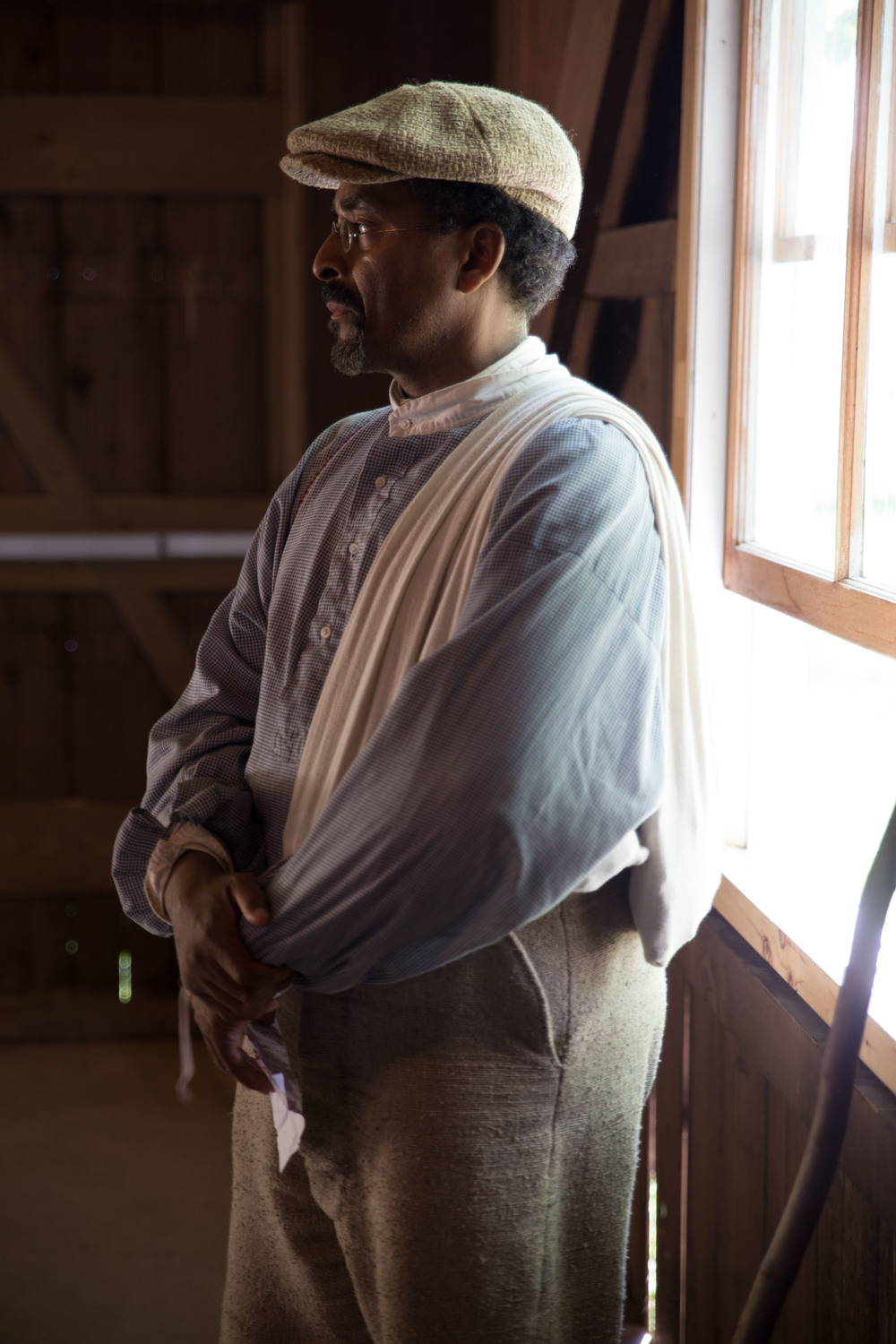
One Black reenactor I met portrayed a contraband in order to combat assumptions that the North fully embraced former slaves. As another reenactor explained, Black people's history is one of self-emancipation.
Reenactments refigure present-day social tensions with resonances of the Civil War. They simultaneously provide an escape from contemporary politics and a space within which to respond to current events. Their battles are battles of historical narration, seeking to solidify the North and South's contemporary memorialization and modern day policies—fights for which perceived truth marches on.
